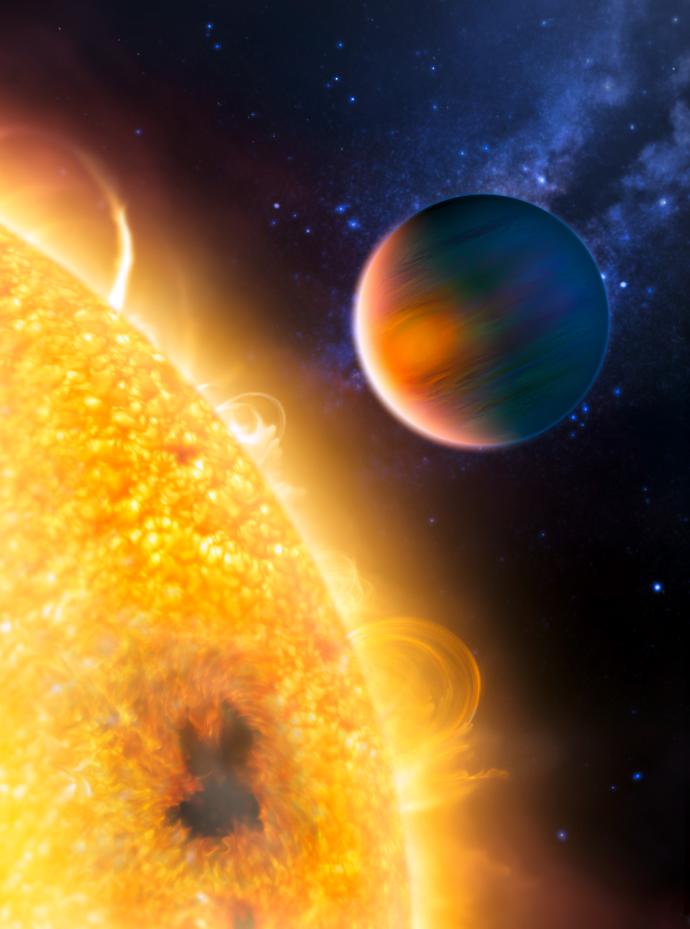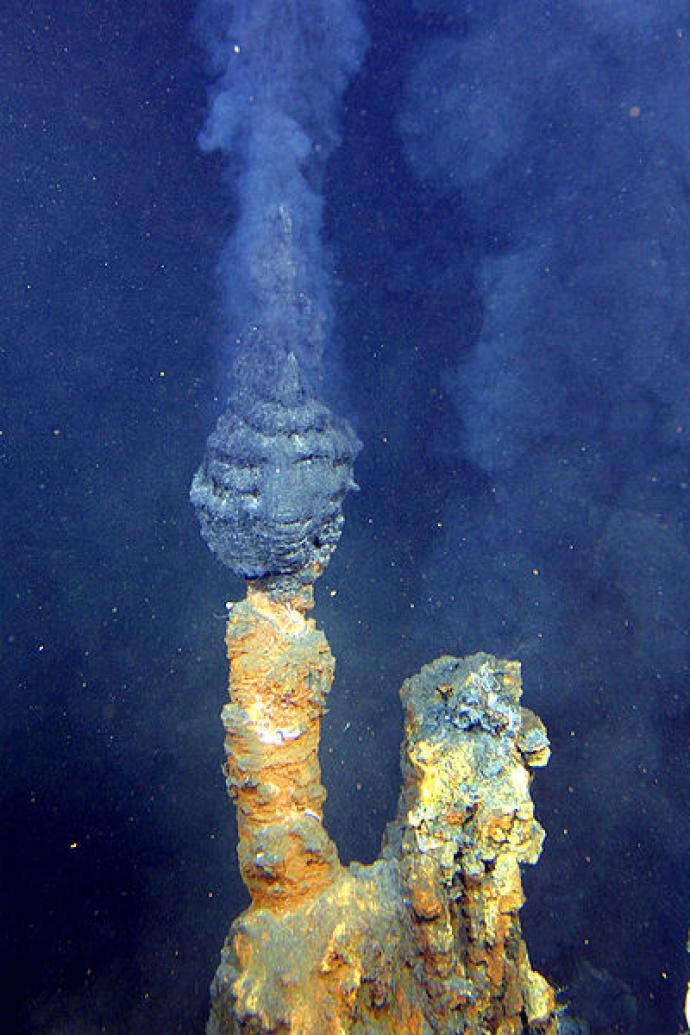The First Discoveries
For hundreds of years, people have wondered if there were planets outside our Solar System.
This idea has now become real, thanks to huge leaps in technology. We are now able to search for these exoplanets.

Exoplanets
An exoplanet is a planet which orbits a star that is not our Sun. The name exoplanet comes from 'extra-solar planet'.

Life Elsewhere
Astrobiologists believe that three ingredients which are vital for life. They are water, energy, and organic molecules such as carbon (C). Energy and organic molecules are abundant in the Universe. But liquid water is rare.

JWST Wordsearch
Search for words related to the James Web Space Telescope.
Design a Planet
There are 8 planets in our Solar System. And there are many thousands of planets orbiting around other stars. We call these planets exoplanets.
Investigate Exoplanets
John Johnson
Early Life
John Johnson grew up in St Louis, USA. He has a Bachelor's degree in Physics from the University of Missouri-Rolla and a PhD in Astronomy from the University of California, Berkeley. John’s interest in astronomy was sparked when he saw the Perseids meteor shower. He was 21 at the time and did not take any astronomy courses before he started his PhD. John did not have a lot of confidence when he started studying astronomy.
Year born: 1977
Research Areas: Exoplanets
"I found the opportunity to find planets orbiting other stars irresistible. Once I learned that this was a viable career path, I immediately hopped on board."
Carl Sagan
Early Life
Carl Sagan grew up in Brooklyn, USA in a working-class family. Carl’s interest in astronomy began as a 5-year old child when he would visit the library to find books about stars. He loved science fiction books and became fascinated by extra-terrestrial life. As a teenager, he visited museums and science fairs, to learn as much as he could. He went to university aged 16, to study physics, alongside genetics, chemistry, and biology.
Year born: 1934
Research Areas: Extraterrestrial Life, Planetary Science
"Not explaining science seems to me perverse.
When you're in love, you want to tell the world."
